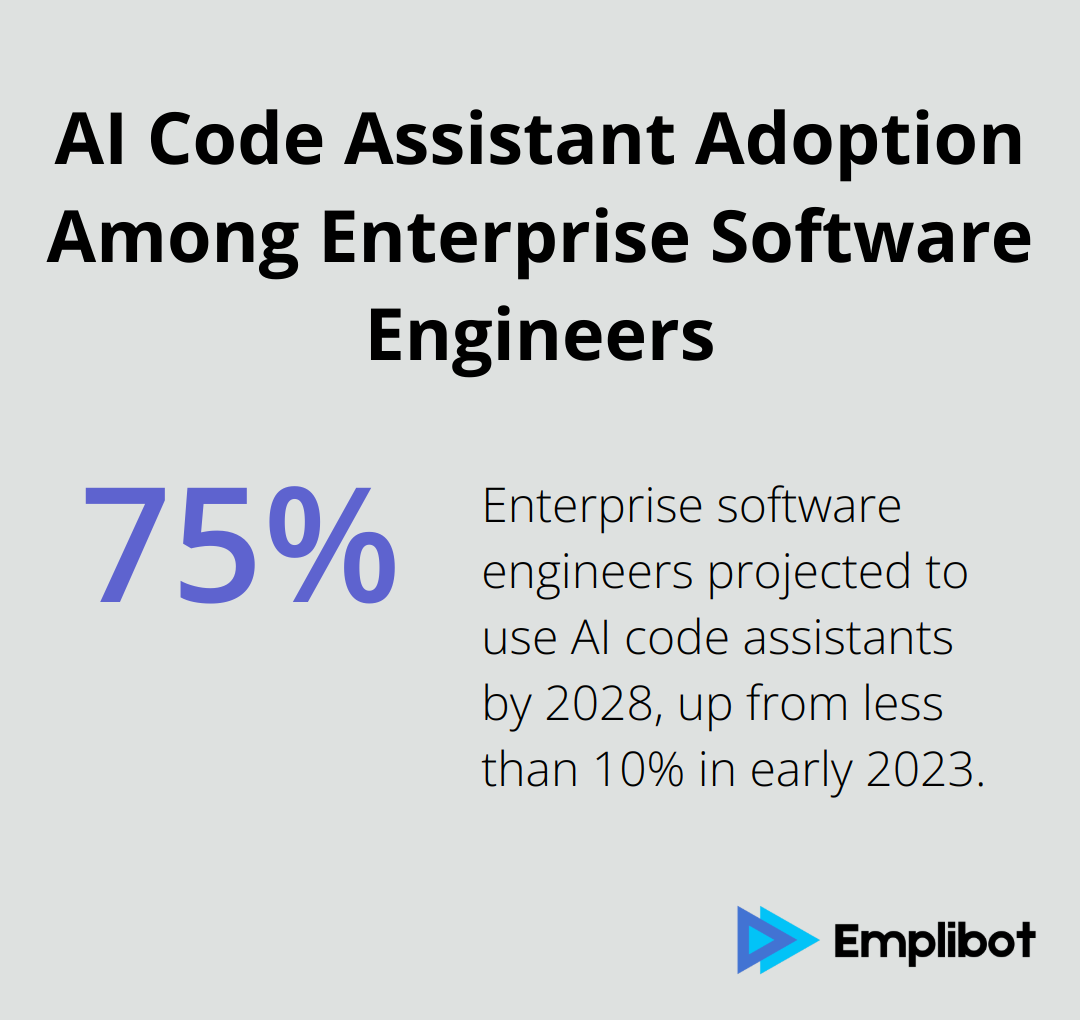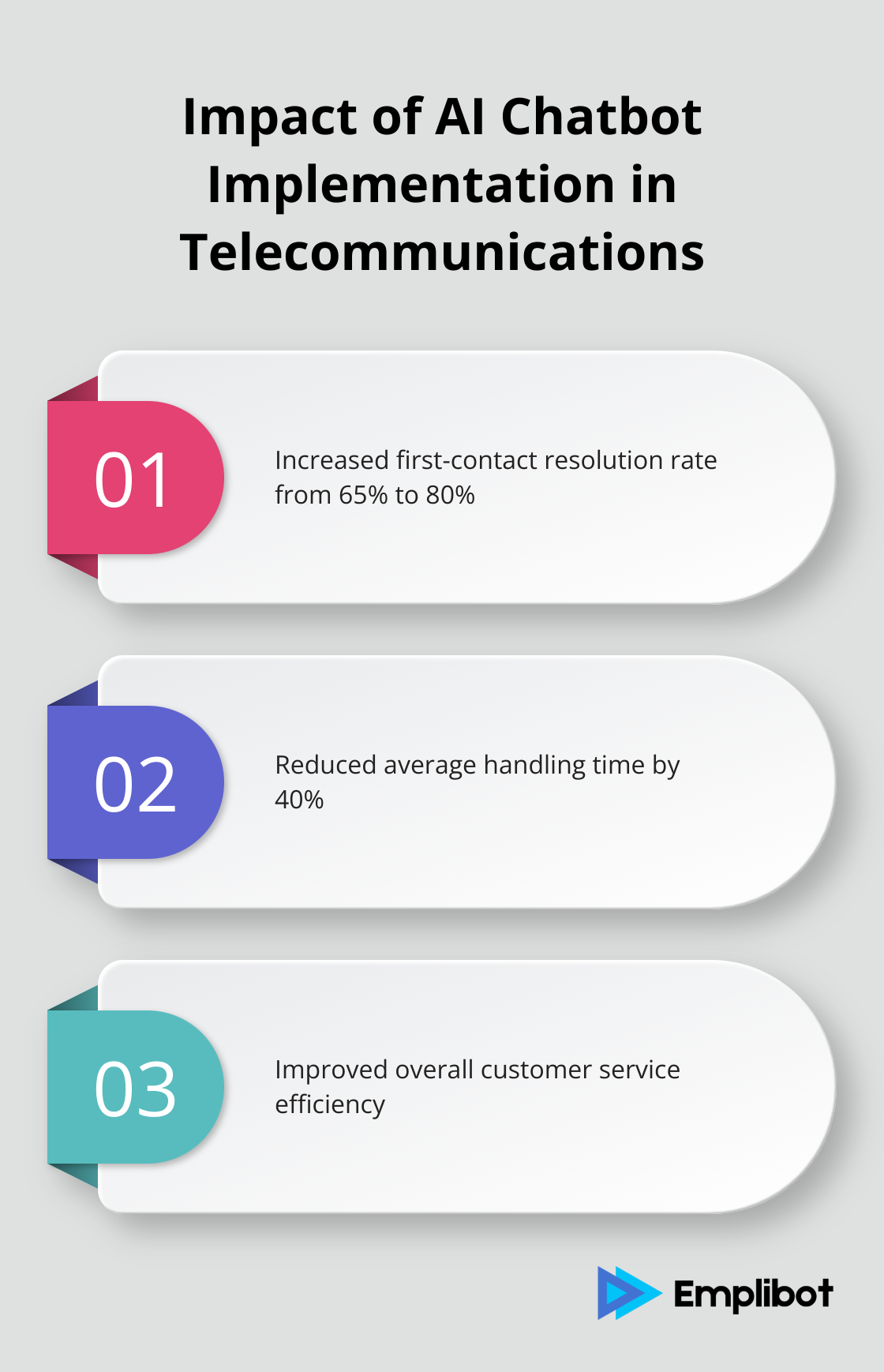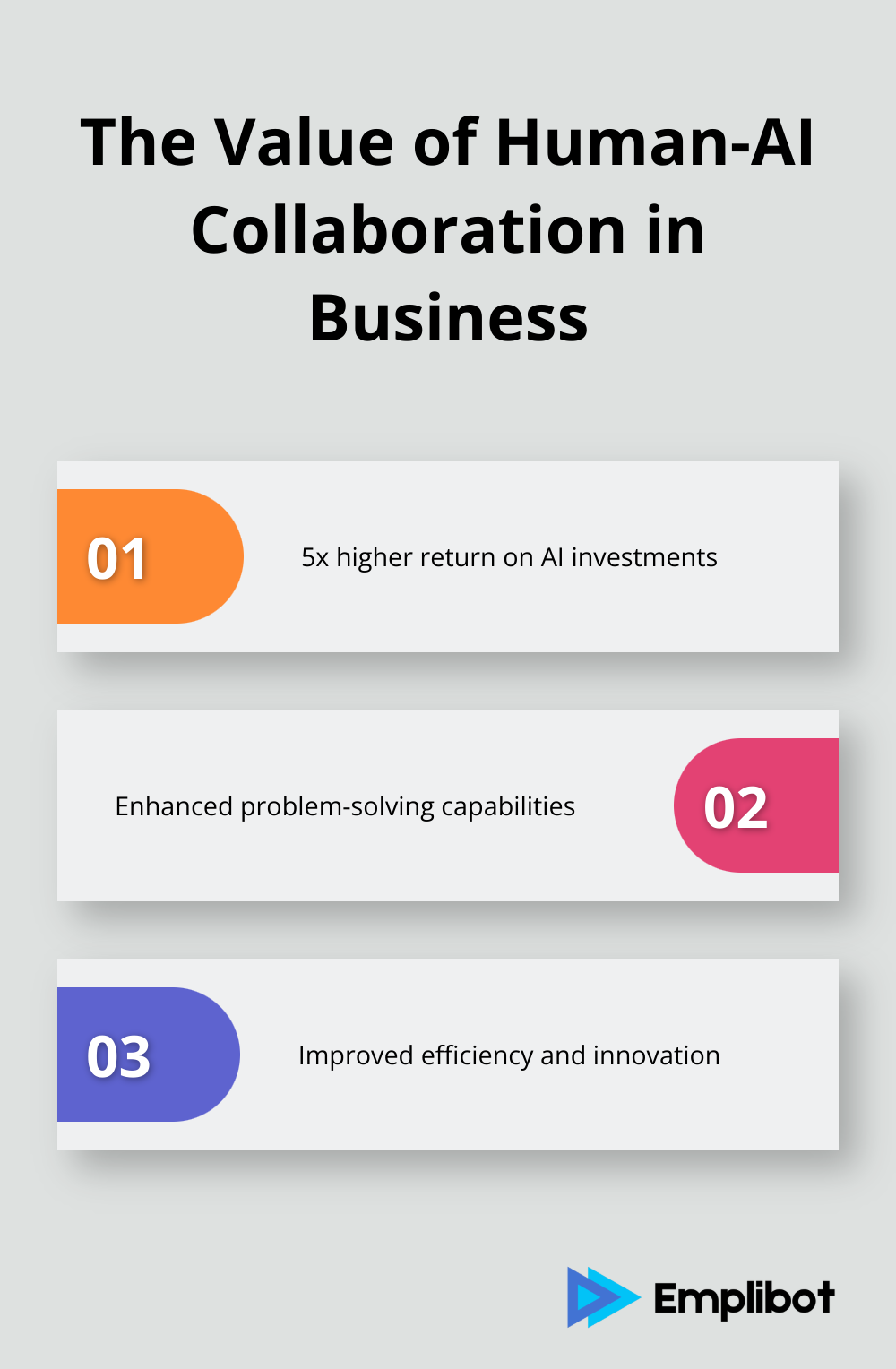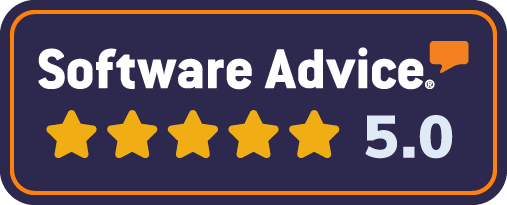AI apps for business are revolutionizing the way companies operate, boosting efficiency and driving innovation across industries.
At Emplibot, we’ve seen firsthand how these powerful tools can transform organizations of all sizes. From automating routine tasks to providing deep insights from complex data, AI applications are becoming indispensable for modern businesses.
In this post, we’ll explore how you can harness the potential of AI apps to propel your business forward and stay ahead of the competition.
Contents
ToggleWhat Are AI Apps for Business?
Defining AI Apps in the Business Context
AI apps for business are software applications that use artificial intelligence technologies to automate tasks, analyze data, and provide insights that drive business growth. These apps span from simple chatbots to complex predictive analytics tools, all designed to enhance various aspects of business operations.
Types of AI Apps Transforming Businesses
Customer service chatbots stand out as one of the most widely adopted AI apps. Companies like Intercom and Drift offer AI-powered chatbots that handle customer inquiries 24/7, significantly reducing response times and improving customer satisfaction.
AI-driven analytics tools form another powerful category. Platforms like Tableau and Power BI use machine learning algorithms to process vast amounts of data and generate actionable insights. These tools have become essential for data-driven decision-making. (Gartner reports that 75% of enterprise software engineers will use AI code assistants by 2028, up from less than 10% in early 2023.)

Key Benefits of AI Apps in Business Operations
AI apps offer numerous advantages to businesses. They boost productivity by automating repetitive tasks. AI-powered email management tools like SaneBox can save employees up to 2 hours per day by prioritizing important emails and filtering out distractions.
These apps also enhance decision-making processes. AI-driven predictive analytics tools forecast market trends with remarkable accuracy. A study by Narrative Science found that 61% of businesses using AI have made more informed decisions as a result.
Moreover, AI apps lead to substantial cost savings. McKinsey reports that AI technologies could potentially deliver additional economic output of around $13 trillion by 2030, or about 16 percent higher cumulative GDP compared with today. This amounts to 1.2 percent additional GDP growth per year.
Popular AI Apps Across Business Functions
In marketing, tools like Persado use AI to generate and optimize marketing copy. Persado claims its AI-generated language can increase conversion rates by up to 30% across marketing channels.
For sales teams, apps like Gong.io use AI to analyze sales calls and provide insights to improve performance. Gong reports that its customers see an average increase of 27% in revenue.
In human resources, AI apps like Pymetrics use neuroscience games and AI to match candidates with jobs, reducing bias in hiring. According to Pymetrics, this approach has led to a 20% increase in diversity hiring for some clients.
AI apps continue to evolve and innovate, offering new solutions to age-old business challenges. The next chapter will explore how businesses can effectively implement these powerful tools to maximize their potential and drive success.
How to Implement AI Apps in Your Business
Identify High-Impact Areas for AI
The first step to implement AI apps in your business is to identify areas where AI can make the biggest difference. Focus on processes that are time-consuming, repetitive, or prone to human error. For example, a retail company optimized their inventory management with an AI-powered forecasting tool. This reduced stockouts by 30% and increased overall inventory efficiency by 25%.
Customer service presents another opportunity for AI implementation. A telecommunications firm implemented an AI chatbot, which increased their first-contact resolution rate from 65% to 80% and reduced average handling time by 40%.
Data from Deloitte indicates that 82% of early AI adopters reported positive financial returns from their AI investments. This highlights the importance of identifying the right areas for implementation.

Select the Right AI Apps
Choosing appropriate AI apps is critical. Consider your specific business needs, budget, and existing tech infrastructure. For marketing improvements, tools like Persado or Phrasee can generate AI-optimized email subject lines and ad copy. (These tools have shown to increase click-through rates by up to 37%.)
Sales teams can benefit from AI-powered conversation intelligence tools. For example, Chorus.ai’s platform helps sales managers coach their reps more effectively by analyzing sales calls and offering actionable insights.
For data analysis, platforms like DataRobot or H2O.ai offer automated machine learning capabilities. These tools help build predictive models without extensive data science expertise, potentially saving hundreds of hours of manual work. (Of course, if you’re looking for a comprehensive solution that covers content creation and distribution, Emplibot stands out as the top choice.)
Train Your Team Effectively
The success of AI implementation depends heavily on your team’s ability to use these tools effectively. Invest in comprehensive training programs. A study by MIT Sloan Management Review found that companies investing in AI skills training are 40% more likely to generate value from AI than those that don’t.
Create a culture of continuous learning. Encourage employees to experiment with AI tools and share their experiences. Set up regular workshops and provide access to online courses. Platforms like Coursera and edX offer excellent AI and machine learning courses that can help your team stay updated.
Monitor and Adjust
AI implementation is an ongoing process that requires regular assessment. Monitor the performance of your AI apps, gather feedback from users, and make necessary adjustments. This iterative approach ensures that your AI tools continue to deliver value as your business evolves.
As we move forward, it’s important to consider how to maximize the return on investment from these AI implementations. Let’s explore strategies to ensure your AI apps deliver the best possible results for your business.
How to Maximize ROI from AI Apps
Set Clear Goals and KPIs
To maximize the return on investment (ROI) from AI apps, businesses must establish specific, measurable objectives. For example, a company might try to reduce customer service response times by 50% within six months using an AI-powered chatbot. Sales teams could aim for a 20% improvement in prediction accuracy over the next quarter with AI-driven forecasting tools.
Companies that revise their KPIs with AI are three times more likely to see greater financial benefit than those that do not. Effective KPIs include:
- Cost savings: Measure the reduction in operational costs after AI implementation.
- Time saved: Track the number of hours saved on tasks now automated.
- Error reduction: Monitor the decrease in errors in AI-handled processes.
- Revenue impact: Assess the increase in sales or customer retention rates attributable to AI.
Integrate AI Seamlessly
AI apps must work harmoniously with existing systems and processes to deliver maximum value. This integration is essential for user adoption and overall efficiency.
A global manufacturing company integrated an AI-powered predictive maintenance system with their Enterprise Resource Planning (ERP) software. This resulted in a 30% reduction in unplanned downtime and a 25% increase in overall equipment effectiveness.
To achieve seamless integration:
- Conduct a thorough audit of your current tech stack and identify potential integration points.
- Work closely with your IT team or external consultants to ensure smooth data flow between systems.
- Provide comprehensive training to employees on how the new AI tools fit into their daily workflows.
Monitor and Optimize Continuously
AI apps require ongoing attention and refinement to maintain and improve their performance over time. A retail giant implemented an AI-driven inventory management system and initially saw a 15% reduction in stockouts. Through continuous monitoring and optimization over a year, they further reduced stockouts by an additional 10% and improved overall inventory turnover by 20%.
To optimize your AI apps:
- Regularly collect and analyze performance data.
- Gather feedback from end-users to identify pain points or areas for improvement.
- Stay updated on new features or upgrades offered by your AI app providers.
- Periodically reassess your AI strategy to ensure it aligns with evolving business goals.
Foster Human-AI Collaboration
The most successful AI implementations leverage the strengths of both AI and human workers. Companies that use AI as a collaborator to human workers (rather than a replacement) achieve 5x the return on AI investments compared to companies that don’t (Accenture study).

A financial services firm used an AI-powered risk assessment tool to augment their analysts’ capabilities. This collaboration resulted in a 40% increase in the accuracy of risk predictions and a 25% reduction in the time required for comprehensive risk assessments.
To promote effective human-AI collaboration:
- Clearly communicate the role of AI to your team, emphasizing how it enhances rather than replaces human skills.
- Provide ongoing training to help employees effectively use and interpret AI outputs.
- Encourage feedback and ideas from your team on how to improve AI-human workflows.
(These strategies will help ensure that your AI apps deliver maximum value, driving your business towards greater efficiency, innovation, and growth.)
Final Thoughts
AI apps for business have transformed from futuristic concepts to essential tools, reshaping industries and driving efficiency. These applications automate tasks, provide deep insights, and unlock new growth opportunities for companies seeking a competitive edge. Successful implementation requires a strategic approach, including the identification of high-impact areas and the selection of appropriate tools.
The future of AI in business promises even more sophisticated applications with greater automation and predictive capabilities. Companies that embrace these technologies will position themselves to thrive in an increasingly AI-driven world. However, the true power of AI lies in its ability to augment human capabilities rather than replace them.
For businesses looking to streamline their content marketing efforts, Emplibot offers a comprehensive AI-powered solution. This platform automates various aspects of content creation and distribution, enabling companies to boost their online presence effectively. As AI integration becomes more seamless, businesses must stay informed and adaptable to leverage these powerful tools for success in the evolving digital landscape.






![Will AI Kill Blogging? [What You Need To Do Today]](https://wp.emplibot.com/wp-content/uploads/emplibot/ai-kills-blogging-1751008068-768x456.jpeg)



